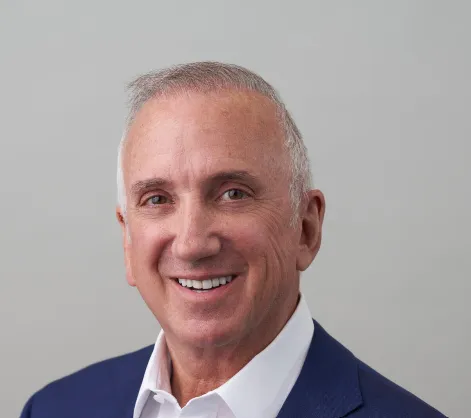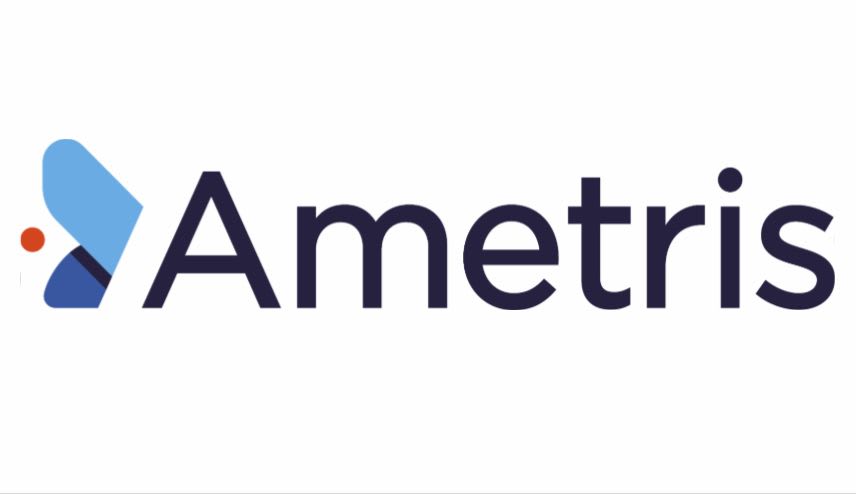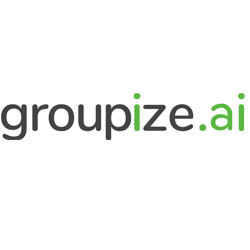A widening chasm between extraordinary consumer demand for pharma products and constrained supply has contributed to unprecedented drug shortages and in some cases, challenging costs. How can the industry close the gap? Some say transparency and emerging platforms might lead the way.

A combination of telemedicine and DTC drug sales could more directly connect patients to the supply chain, helping to resolve drug shortages and potentially drive down out-of-pocket costs, said Peter Ax, CEO of UpScriptHealth, a telehealth company that got an early start on the idea by writing the first legally compliant online prescription in 2002.
Ax sees the potential for DTC drug sales to upend opaque “oligopolies” in the current system run by pharmacy benefit managers for branded treatments and hospital purchasers for generics. With marketplace supply and demand transparency, healthcare providers can make more informed prescribing decisions, and manufacturers can keep pace with supply as needed, he said.
“You have to do away with the market forces that are not honest and that are making for an inefficient marketplace,” Ax said. “You have to dismantle those oligopolies, and the Holy Grail is transparency. If you’re transparent about what the rebates are at a PBM, about what the buying prices are and where the supplies are within hospitals, you can work toward an efficient marketplace.”
As pharmas further explore DTC options for drug sales — like Eli Lilly’s LillyDirect or Pfizer’s plans in the space — Ax has seen a “tipping point” in demand for platforms like UpScriptHealth’s, which connects patients with healthcare providers using a direct link to prescription services and manufacturers’ supply.
The company works in “all sorts of disease states that we never expected,” Ax said, including diabetes, weight loss and migraines, as well as more complex areas like cancer, sickle cell anemia and rare diseases. A 2022 Harvard Business School case study found that UpScript “could upend the standard model of pharmaceutical insurance and [PBM] channels that dominate the industry.”
DTC sales and telehealth can be most impactful when they add transparency for the consumer, Ax said.
“Every pharma company we know of is looking at solutions that can bring them closer to the consumer for a better patient experience and to help patients make informed decisions about the medications they’re taking,” Ax said, pointing out that the company has seen that growth firsthand.
In 2022, UpScript formed seven major pharma partnerships. The following year, they made 17 partnerships. This year, UpScript is “holding themselves back” to just over 30, and 2025 could bring them over the 50 mark, Ax said.
Over many years of “existential risk” in an industry that wasn’t quite ready for telemedicine and DTC sales to make a huge impact, Ax now sees pharmas embracing the concept to eliminate inefficiencies associated with middlemen like PBMs that collect a significant rebate along the way.
“The vision we had 20 years ago wasn’t quite right for about 15 to 16 years,” Ax said. “It’s only about five years ago that it started to take hold and become more of a norm. In 2024, this is becoming a standard of the industry.”
Regulatory minefield
While some pharma giants have begun to explore DTC options, regulations can make the strategy difficult. For instance rules at the state level can be “arcane and nuanced,” Ax said.
“Compliance is a cornerstone of what we do, and we spend millions and millions of dollars on it,” Ax said. Keeping up with prescribing regulations can be tricky, and startups like Cerebral have come under fire for allegedly prescribing controlled substances outside of the law.
That’s why, in a shifting landscape of rules and regulations, a bet on telemedicine and DTC sales was a risk, Ax said. But now, the trajectory points in the direction of online prescriptions and sales.
“We worried about some law that was going to outlaw prescribing on the internet,” Ax said. “We worried about the silver bullet that would put us out of business, and we limited our investment in certain areas — but today, we don’t feel that way at all.”
Power to the physicians
Healthcare providers are a patient’s point of contact as purveyors of medical information and prescription dynamics. If a drug is in short supply, the physician can determine what other options are available.
Even at this point of the healthcare journey, apps like Epocrates can help curb drug shortages by guiding prescribers to help patients access a certain drug or determine alternatives. Juggling access and affordability along with medical knowledge sometimes requires a more holistic look, said Dr. Anne Meneghetti, executive director of medical information at Epocrates, the app’s designer.
“We didn’t go to medical school for this, and it’s key that physicians are in the position to support patients in making navigational decisions about the best way to get a drug,” Meneghetti said. “And an app that combines health plan formulary information and retail pricing options is really important.”
Going straight to the source is a way to add transparency to a system that often keeps patients and even their doctors in the dark, Meneghetti said.
“I can’t tell you how heartbreaking it is to hear that a patient has not been on a medication you assumed they were on because they couldn’t afford it or it wasn’t available,” Meneghetti said. “Making information available about how a patient can get a drug is a complex calculus … and having all that integrated is an ideal solution.”












